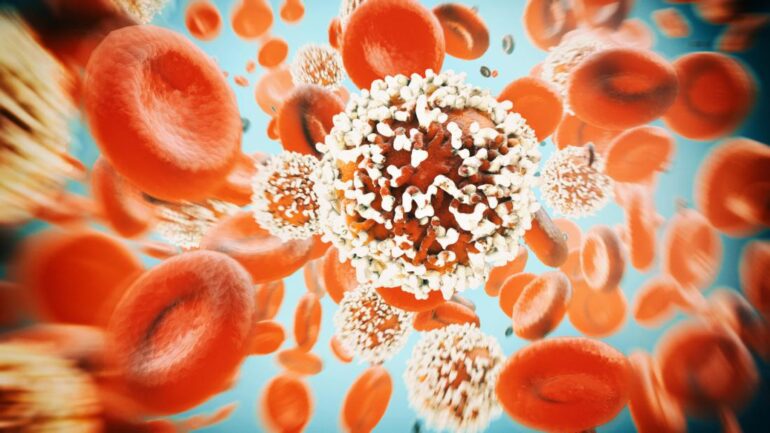TL;DR:
- AI offers promising advances in cancer detection, including early diagnosis and optimized treatment strategies.
- Recent trials in breast cancer screening show AI outperforming human radiologists in accuracy.
- AI can also detect tiny cancerous nodules and analyze genetic markers in blood tests to assess cancer risks.
- Limitations include biased algorithms, lack of transparency, and the need for clear roles in human-AI collaboration.
- Workflow integration and data accessibility pose challenges, hindering AI adoption in healthcare.
- International adoption of AI tools in healthcare outpaces the United States.
Main AI News:
In the relentless fight against cancer, artificial intelligence (AI) has emerged as a powerful ally, offering the potential to revolutionize cancer care. However, as AI continues to advance, clinicians and health systems must confront a series of ethical and practical challenges that stand in the way of its widespread adoption. This article explores the promises and limitations of AI in cancer detection, shedding light on its transformative potential and the hurdles it faces in becoming a standard part of medical practice.
The Significance of AI in Cancer Detection
Cancer remains the second leading cause of death in the United States, underscoring the urgent need for innovative solutions. AI holds the promise of early detection, more accurate diagnoses, and optimized treatment strategies, potentially reducing the burden on both patients and healthcare systems.
AI’s Promise
One of the most promising aspects of AI in cancer detection is its ability to enhance existing screening methods. For example, a recent trial in Sweden demonstrated that AI-enabled breast cancer screening outperformed experienced radiologists, offering improved accuracy without increasing false positives. This breakthrough highlights the potential for AI to make cancer screening programs more effective and efficient.
Furthermore, AI is not limited to breast cancer detection. It can also play a crucial role in identifying tiny cancerous nodules that may elude human clinicians. This capability could help prioritize cases and ensure timely intervention, particularly in cases of lung cancer.
AI is also being utilized to analyze genetic and molecular markers in blood tests, aiding in the identification of cancer risks. This approach can provide patients with personalized information about their future cancer risk, allowing for more proactive healthcare decisions.
The Limitations and Ethical Concerns
Despite its immense potential, AI in cancer detection is not without limitations and ethical concerns that must be addressed:
- Biased Algorithms: AI systems are only as good as the data they are trained on. If algorithms are developed using data that is biased or limited in diversity, they may not be accurate for individuals outside of those groups. Bias in AI algorithms can exacerbate healthcare disparities.
- Lack of Transparency: The “black box problem” in AI refers to the opacity of AI decision-making processes. When AI systems make incorrect predictions in cancer screenings, it can be challenging to determine the reasons behind those errors. Transparency in AI development is crucial for building trust in the technology.
- Human-AI Collaboration: Integrating AI into clinical practice requires defining clear roles and responsibilities. When AI systems and human doctors disagree on diagnoses or treatment recommendations, decision-making processes must be carefully considered to ensure patient safety and accountability.
- Workflow Integration: Developing clinical workflows that seamlessly incorporate AI recommendations remains a challenge. AI can provide patients with specific risk information, but healthcare providers must determine how to translate this data into actionable steps, such as further tests or screenings.
- Data Accessibility and Privacy: The availability of high-quality electronic health data and regulatory barriers, such as privacy rules, can hinder the development and deployment of AI in healthcare. Overcoming these obstacles is essential for AI’s widespread adoption.
- International Perspectives
While AI adoption in healthcare lags behind in the United States, other countries, including developing nations, have been quicker to embrace AI tools. The global community’s eagerness to harness AI’s potential demonstrates the urgent need for advancements in cancer detection and treatment.
Conclusion:
AI presents significant opportunities in the cancer detection market, with the potential to improve accuracy and early diagnosis. However, addressing biases, ensuring transparency, and defining effective workflows are crucial for successful integration. Despite challenges, the global adoption of AI tools in healthcare highlights the urgency of advancements in cancer detection and treatment.

